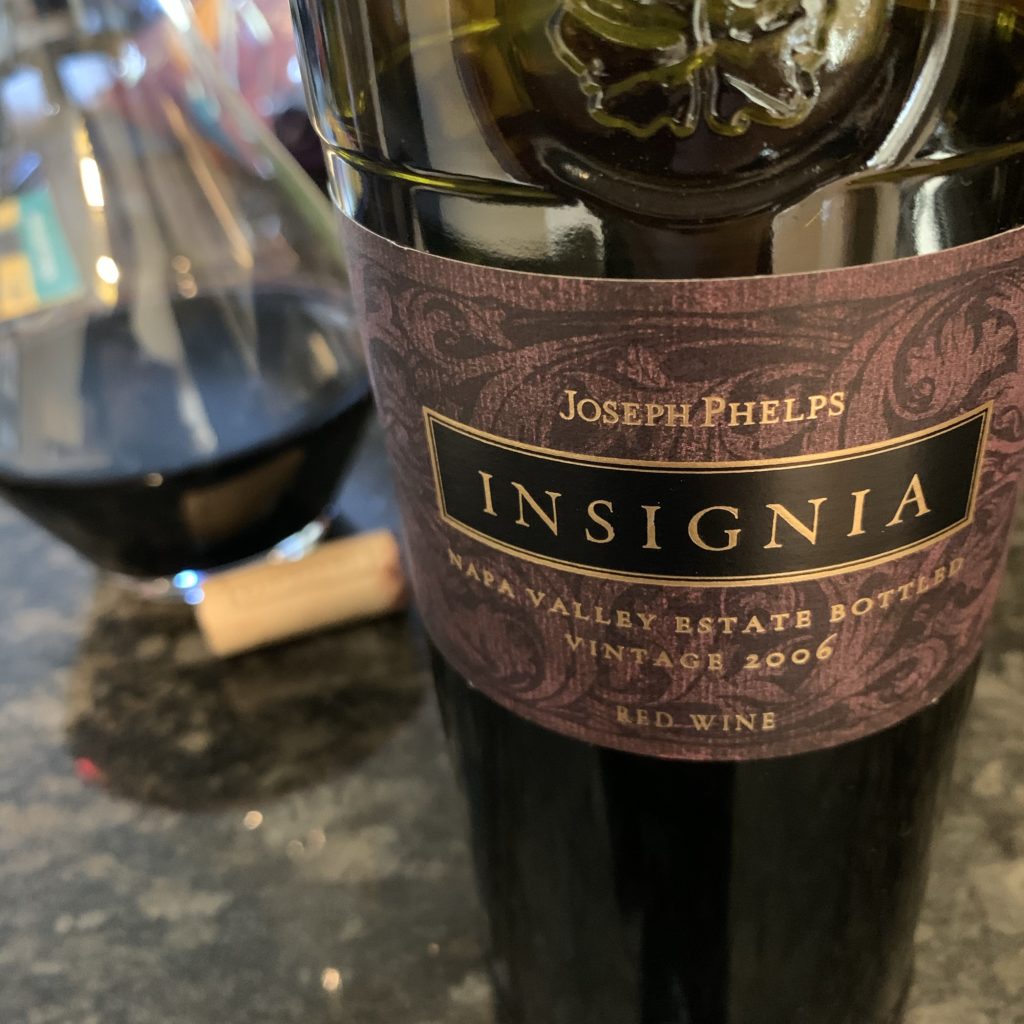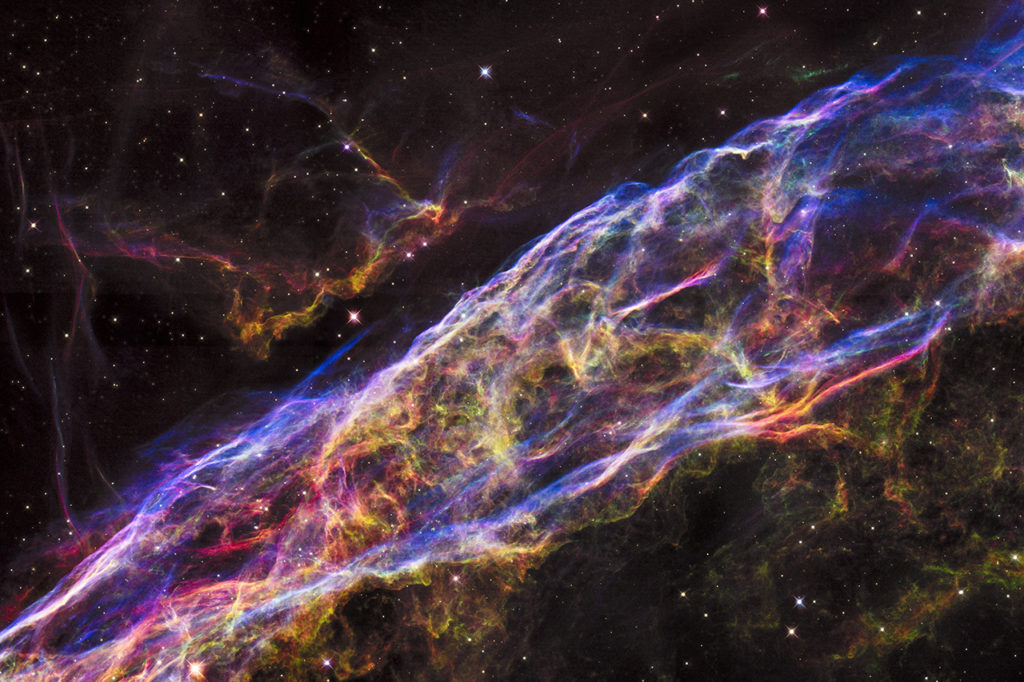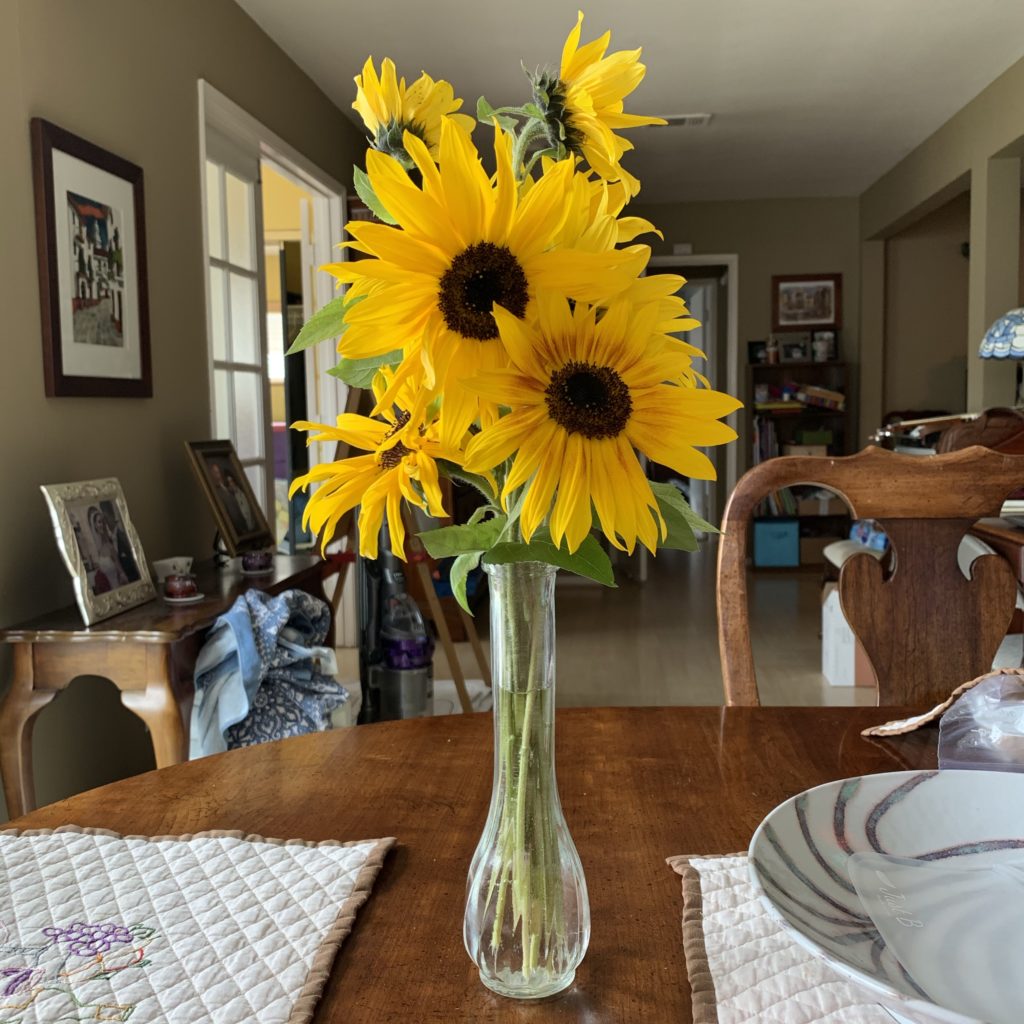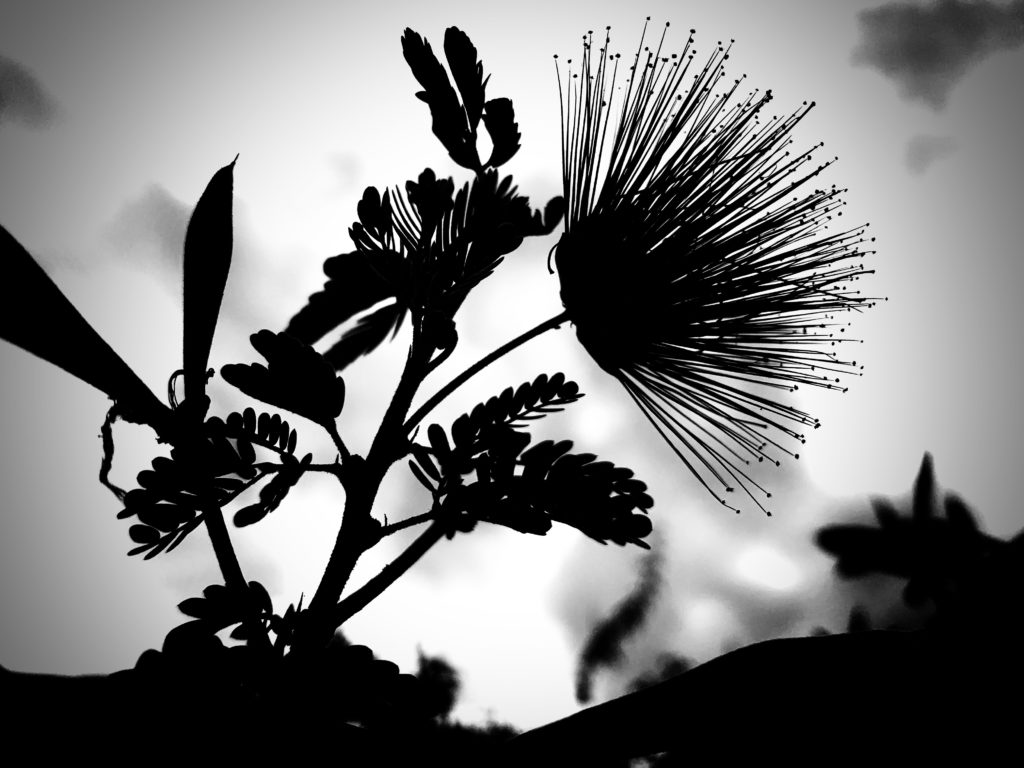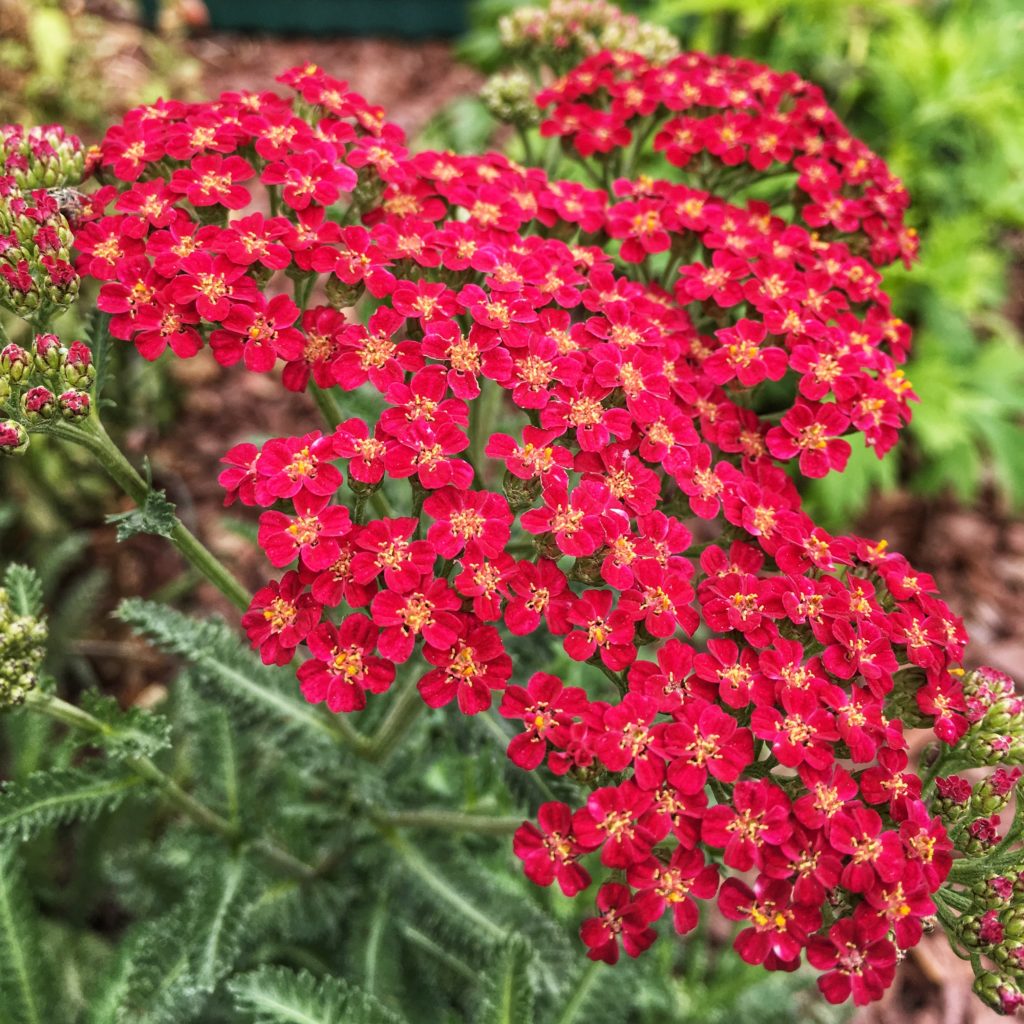
Cal Newport, computer scientist at Georgetown University, talks about how one successful college coach has survived (until now) without using email.
“We might notice that our current commitment to unrelenting, uncontrolled, attention-devouring incoming communication is not necessarily the sine qua non of digital age productivity.”
“Nick Saban Just Got Email” by Cal Newport
Most of us don’t have a personal assistant, much less an entire staff, dedicated to managing our incoming requests, but I think the thought practice is useful here.
It has been six weeks since I started working from home. In that time, I have had to make some adjustments not just to how I work, but also to how I define productivity. At the start of each day, I identify 1-2 tasks that I want to accomplish. If I can manage to complete those tasks by the end of the day, I call it a win.
By focusing on only one or two projects, I not only increase my success rate, but I also give myself permission to let go of other things: email, busy work, less essential projects. For on average, I am only able to focus on my job for five-six hours per day, half of which are usually spent in Zoom meetings. I mean really focus. The remaining hours of my day are dedicated to childcare (e.g. helping my kids with their homework and to stay engaged with their community) and home needs (cooking, cleaning, etc.).
